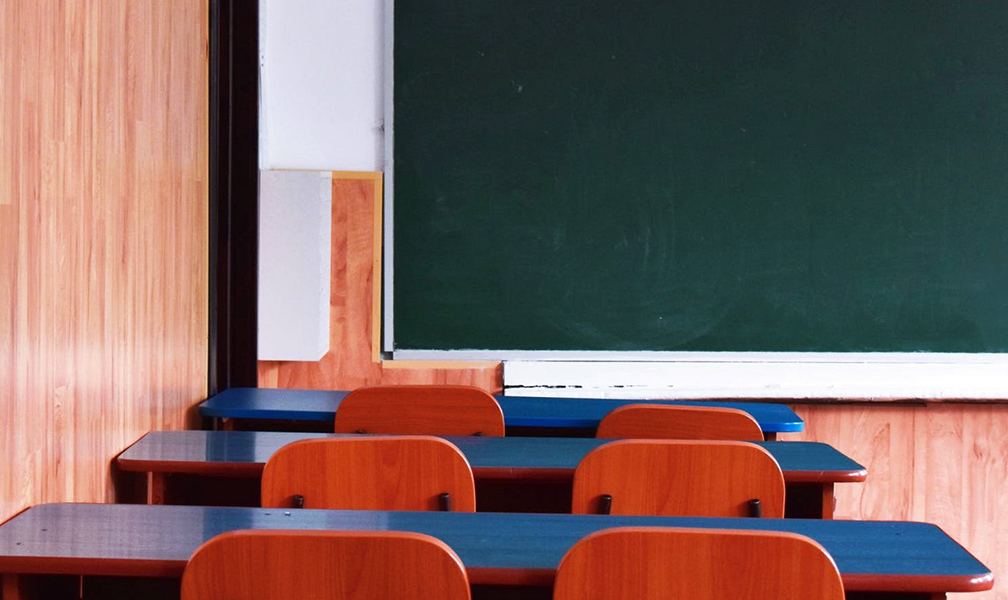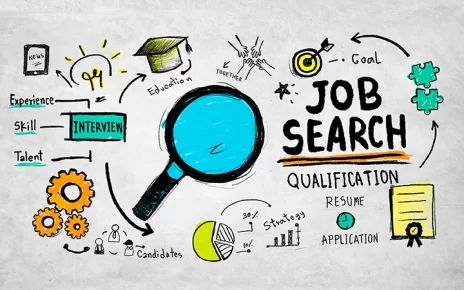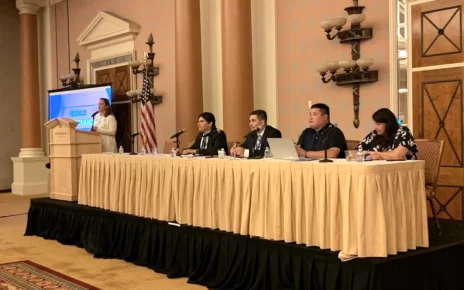By Matthew Pagels Dec 3, 2020. Reprinted from the Buffalo News
As the national debate over racial justice continues, it is time for the Thanksgiving Day origin story to finally be exposed for what it is – a myth riddled with historical inaccuracies.
This holiday fairy tale centers on Native Americans and pilgrims peacefully breaking bread. In truth, the Wampanoag Indians were harmed, exploited, even killed through the spread of disease as a result of the pilgrims’ presence.
Responsibility for correcting the historical record lies with the U.S. education system, which has largely failed to inform students of the significant culture and contributions of indigenous individuals.
A 2015 report found that 87 percent of K-12 state history standards include no mention of Native history after 1900, and 27 states do not name a single indigenous person in their history standards.
It is well past time for the state Board of Regents to revisit this important issue and finally update New York’s public-school curriculum to represent America’s true history, which indigenous people played a key role in shaping.
The board must also address the lack of rules for certifying Native language and culture teachers, which makes it difficult to find qualified individuals for these positions.
Without appropriate certification, many indigenous language teachers are unable to qualify for tenure and vulnerable to layoffs. The Seneca Nation has 34 fluent elders who are crucial to the task of transmitting the language to the next generation, and they require special consideration.
PlayStations and puppies top the list of 2020 holiday scams. Here’s what to watch out for New York should take the lead of other states that have official certifications dedicated to indigenous education.
The challenges facing indigenous individuals are significant – including the disproportionate physical and financial costs we are paying in the coronavirus pandemic. American Indian students endure the highest rate of victimization in the United States and have the nation’s highest rate of suicide.
Stereotypical representations of Native people in sports team names, mascots, and state, city and town seals and place names remain commonplace. In New York, more than 100 schools support sports teams employing such derogatory but widely accepted terms as Chiefs, Arrows and Red Raiders.
Some progress has been made as districts around New York and the nation are moving to strike these harmful names from the record.
Also promising: Right next door in Connecticut, a bill was recently reintroduced that would mandate the teaching of Native American history in the state’s public schools.
More is needed, and the time for change is now. New York lawmakers and the Board of Regents must take proactive steps to undo the longstanding practice of excluding Native American history in our education system.




